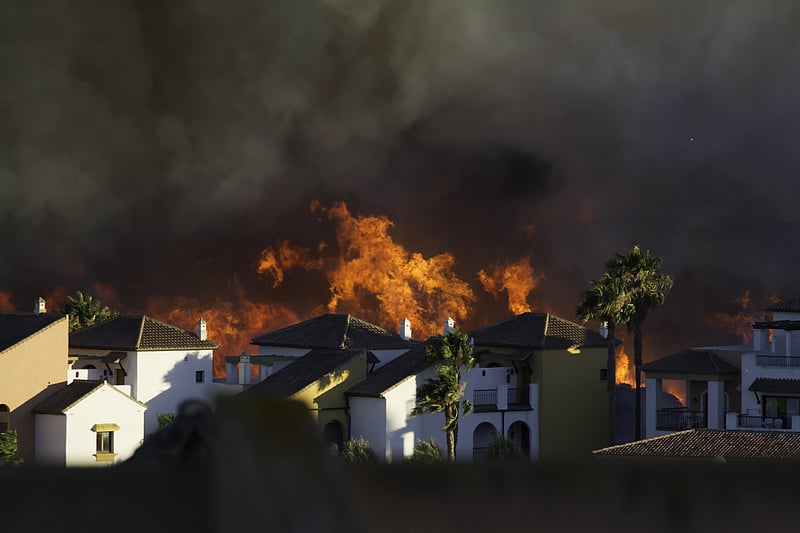Patient Resources
Get Healthy!
Live in a Wildfire Zone? Be Prepared
- June 25, 2022
- By Cara Murez HealthDay Reporter

More Americans now live in wildfire zones as wildfire seasons have become longer, with hotter, faster-moving fires.
If you're one of those who live in a location threatened by wildfires, it's important to be prepared, according to Environment America, a national network of 30 state environmental groups.
You should have a plan for evacuation in which everyone in your household knows the plan, including a designated place to meet outside the fire zone.
Make electronic copies of all your critical documents, including identification and proof of insurance. Be sure you can access them remotely with secure passwords.
Make evacuation plans that include several routes. Keep a first aid kit, prescription medications, flashlights, food and water for people and pets, phone/device chargers, extra credit cards, cash and N95 masks in your car's trunk during fire season. Avoid flammable products.
If you don't have a car, keep those same items in a "go bag" and leave it somewhere easy to reach.
Keep your car fueled with enough gas to reach your evacuation destination.
You can also help to protect your home by repairing or renovating using fire-resistant materials, clearing leaves and other flammable materials within 30 feet of your home and creating a "clean room" in your home. A clean room is a space within your home set up to prevent wildfire smoke from getting in as much as possible, according to airnow.gov.
Invest in "hardening" your home by making its structure more fire-resistant. Less expensive options include vents, rain gutters and chimney reinforcements, and more expensive choices include replacements for your roof, walls and windows.
If there is a wildfire near your area, you can monitor air quality, follow local agencies to learn about evacuation orders, track active fires on weather.gov or fire.airnow.gov and sign up for emergency alerts at ready.gov.
More information
Ready.gov has more on wildfires and preparation.
SOURCE: Environment America, news release, June 20, 2022

